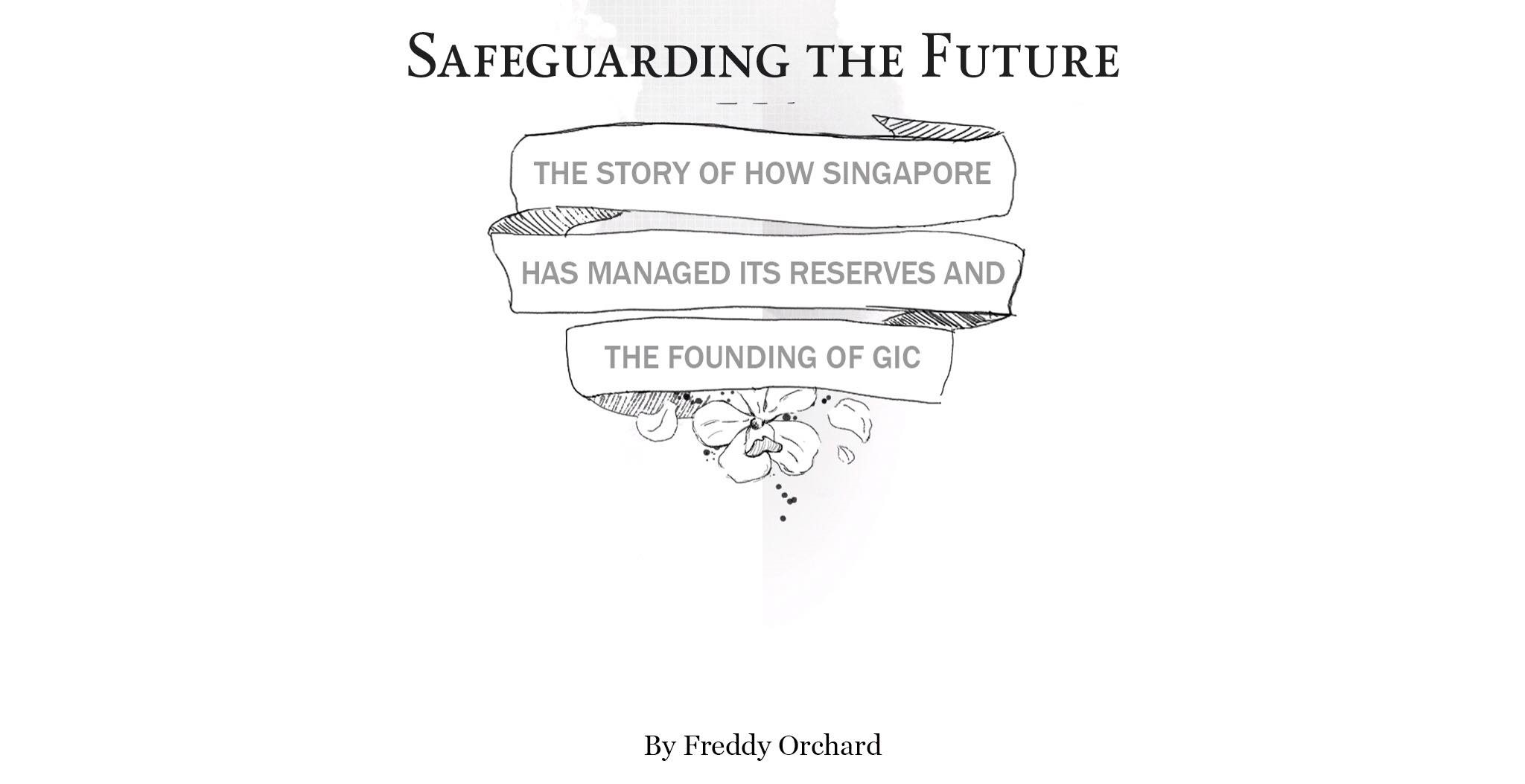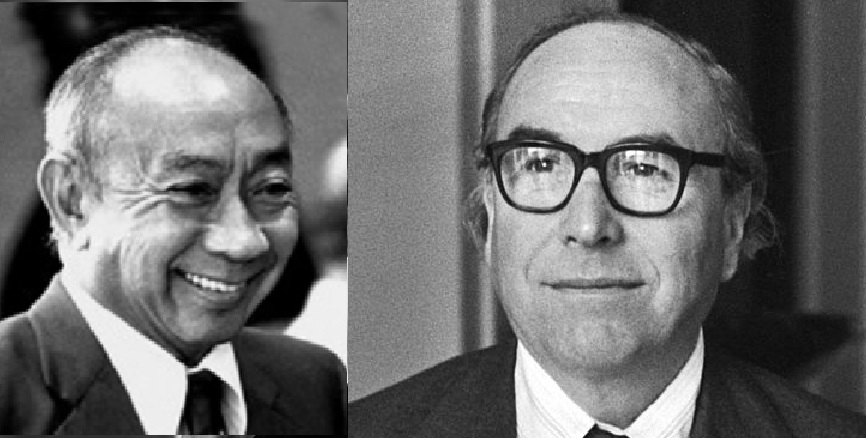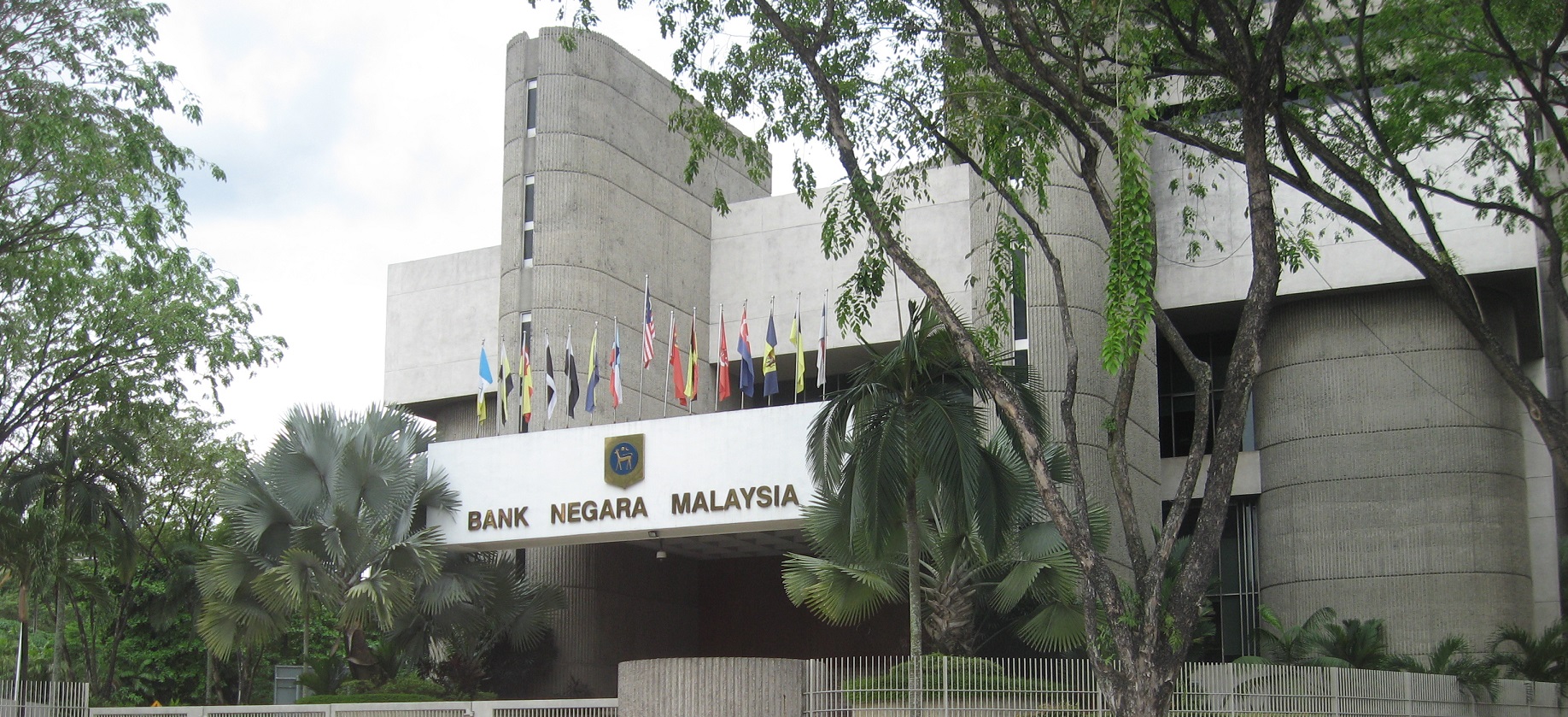Remember the lyrics of one of the National Day Parade favourites We Are Singapore?
"There was a time when people said
That Singapore won't make it
But we did..."
How did pre-independent Singapore with a budget deficit of $14 million in 1959 turn into a confident nation with adequate reserves to start a sovereign wealth fund?
In an e-book app, Safeguarding The Future – The Story Of How Singapore Has Managed Its Reserves And The Founding Of GIC, GIC’s former economics & strategy department director Freddy Orchard revealed the stories behind its creation in 1981 and how the late Deputy Prime Minister Goh Keng Swee laid the foundations for Singapore’s accumulations of reserves.
Here are three events in Singapore’s history that coincided with and contributed to the formation of GIC.
 Source: Screenshot from GIC e-book
Source: Screenshot from GIC e-book
1. Singapore's separation from Malaysia: Bye bye Malaysia-Singapore dollar
Many Singaporeans know about our separation with Malaysia. If not, they can use SG50 as the milestone and minus 50 years off 2015.
But many of the younger Singaporeans probably did not know that Singapore continued to use a common currency with Malaysia and Brunei even after our separation in August 1965.
It did not continue for long because the Malaysian government had announced that it would issue its own currency -- the Malaysian ringgit -- by December 1966.
This meant that Singapore either had to continue with a common currency arrangement or to issue its own currency.
On the common currency arrangement, there were some intense negotiations -- 11 times within a period of a month -- conducted between Singapore's Ministry of Finance and the Malaysian government delegation.
In fact, the negotiations progressed to the point of producing a Final Draft Agreement, with the two parties discussing about the notes having the M series (for Malaysia) and the S series (for Singapore).
In the end, the Cabinet decided on a complete currency break.
Why did they choose to do so?
Singapore felt that it did not receive watertight guarantees that it had indisputable rights over its reserves.
This is because the Malaysian Central bank, which issued the currency, proposes to create a Singapore branch that was not a legal entity and did not have the right to own assets.
In other words, the Malaysian Central bank, a foreign entity, would be appointing itself as the trustee of Singapore's currency reserves and assets.
The late Lee Kuan Yew explained in his memoirs From Third World to First that the Singapore reserves "could not be protected simply by relying on trust".
2. So long, colonial masters: Singapore diversifies its reserves
 Source: Wikipedia for both photos.
Source: Wikipedia for both photos.
Everyone knows that Singapore was part of the British colony, with the arrival of Sir Stamford Raffles in 1819.
What most Singaporeans do not know -- Singapore was part of the Sterling Area, and it was obliged to hold its reserves in sterling.
However, a devaluation of the pound would mean large foreign exchanges losses for Singapore.
When the British devalued its pound in 1967, the Singapore government issued a statement that disclosed that half of its reserves were in other currencies, mainly the US dollar.
The British was shocked and furious.
This was because the Singapore government did not inform or consult the British that it has diversified its reserves. The British was also surprised to learn that the reserves in sterling was twice of what London had estimated.
This generated a war of words between the Finance Ministers of the two countries.
Roy Jenkins, the Chancellor of the Exchequer, wrote to Goh in December 1967 and expressed his regret that the Singapore government did not take the British into their confidence in making the diversification announcement.
This prompted Goh to respond, saying that Singapore made a distinction between "monetary reserves", to be used to back the note issue, and "non-monetary reserves", which consisted mainly of the government surpluses.
With a hint of sarcasm, Goh noted Singapore's $157 million loss due to the devaluation, adding that "you may be pleased to know that neither I nor any of my colleagues has uttered a single word of recrimination against your Government".
Heh heh.
3. A few good men: How Singapore leaders persuade men of ability to join GIC
One of the reasons for Singapore's economic miracle between the 1960s - 1980s was the Singapore leaders' ability to persuade men of ability and integrity to enter politics and the public service.
The same goes for the formation of GIC - the Singapore leaders were very persuasive and persistent in getting the right man for the job.
In fact, they convinced a talented man with a bright banking career to take a pay cut and join a new company with no secretary and no chair.
Yong was to become GIC's first Managing Director even though he was being groomed to be the Chairman of OCBC bank.
Goh was undeterred after Yong's initial rejection.
Goh decided to have lunch with Yong's boss and convinced OCBC "to lend" Yong to the government.
The same HR strategy of persistence and attentiveness applied to the key non-local expertise GIC hired in its initial phrase.
As there was limited local expertise in fund management, Goh and Yong extended their search for talent to London and New York. They decided against London because of the fund managers' superannuation plans: they had to give as much as six months' notice to their current employers to avoid forfeiting those benefits.
In the end, they found three American fund managers in New York to establish three investment units: Japanese equities, US equities and the real estate. One of them - Theodore Garhart - worked for GIC until his retirement in 1989.
Before they joined the GIC, they were required to fly to Singapore to be interviewed by Lee himself. In fact, Lee asked the wives to accompany the candidates to Singapore, as he felt that the hires would not stay long in Singapore if their wives were unsettled in Singapore.
The "GIC way" - Yong's effective style of management and the government's attentiveness to senior GIC management - helped nurture the culture that is GIC today.
Info and illustrations from Safeguarding the Future – The Story Of How Singapore Has Managed Its Reserves And The Founding Of GIC. Download the e-book here.
*This post is brought to you in collaboration with GIC.
Top photo from GIC e-book and website.
If you like what you read, follow us on Facebook and Twitter to get the latest updates.
If you like what you read, follow us on Facebook, Instagram, Twitter and Telegram to get the latest updates.


